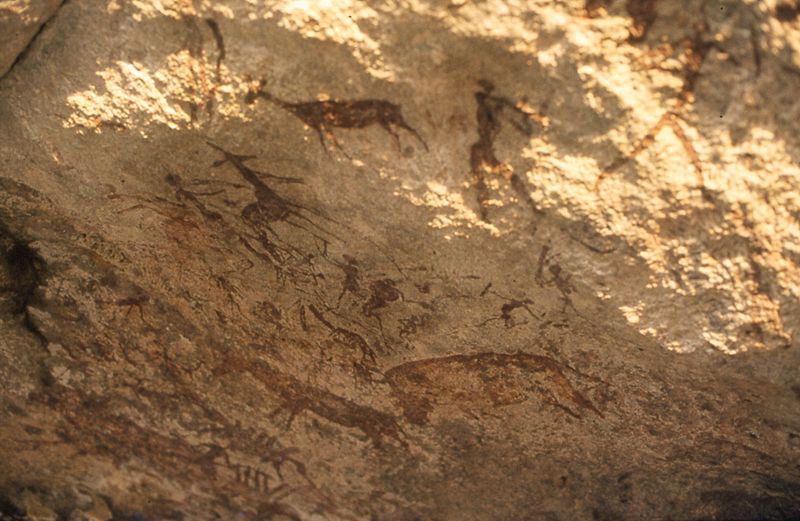The Kalahari Desert is a large arid to semi-arid sandy area in Southern Africa extending 900,000 square kilometres, covering much of Botswana and parts of Namibia and South Africa, as semi-desert, with huge tracts of excellent grazing after good rains. The Kalahari supports some animals and plants because most of it is not a true desert. There are small amounts of rainfall and the summer temperature is very high. It usually receives 3–7.5 inches (76–190 mm) of rain per year.
(Wikipedia)
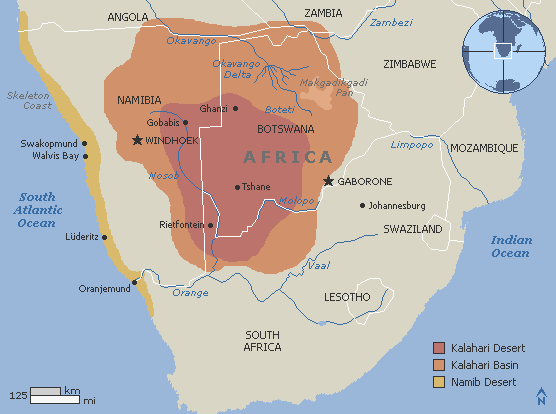
The Kalahari is known for its red sand dunes.
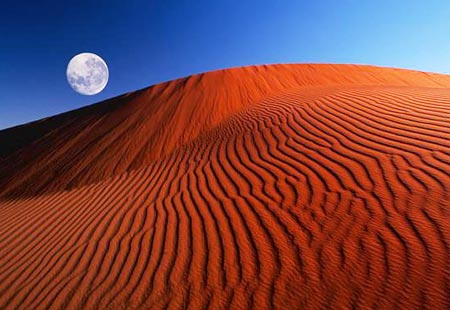
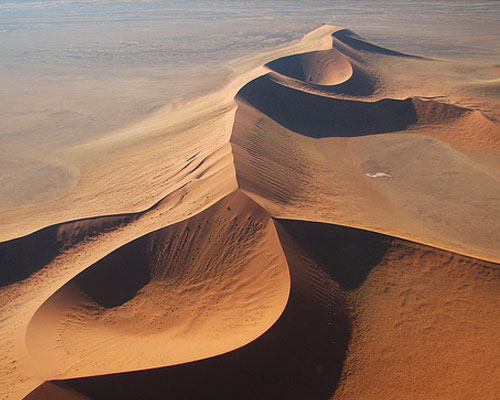
Some areas are "semi-desert".
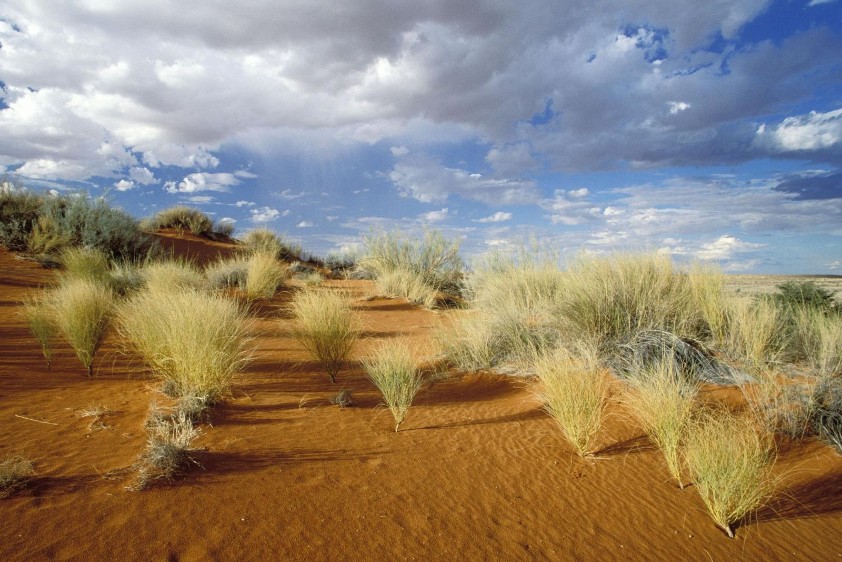
June 1997, and we went to find some "lifers".
Theresa, Natasha (alias Snip), and me.
With Teresa and Charel at a roadside resting place.
Twee Rivieren (Two rivers) tourist camp in the Kalahari Gemsbok Park.
The Kalahari Gemsbok park was named after the gemsbok or gemsbuck
(Oryx gazella). It is a large African antelope, of the Oryx genus.
The name is derived from the Dutch name of the male chamois, gemsbok.
Although there are some superficial similarities in appearance
(especially in the colour of the face area),
the chamois and the oryx are not closely related.
Gemsbok are mainly desert-dwelling and do not depend on drinking
to supply their physiological water needs. (Wikipedia)
The meerkat or suricate (Suricata suricatta), a small mammal,
is a member of the mongoose family.
Meerkats live in all parts of the Kalahari Desert in Botswana
and in South Africa.
A group of meerkats is called a "mob", "gang" or "clan".
A meerkat clan often contains about 20 meerkats,
but some superfamilies have 50 or more members.
Meerkats have an average life span of 12-14 years.
(Wikipedia)
On the way to the Kalahari one can stop over at he Augrabies Falls.
It's a waterfall on the Orange River, South Africa,
within the Augrabies Falls National Park.
The falls are around 60m in height.
The Bushmen were the original inhabitants of the Kalahari.
They were traditionally hunter-gatherers, part of the Khoisan group
and are related to the traditionally pastoral Khoikhoi.
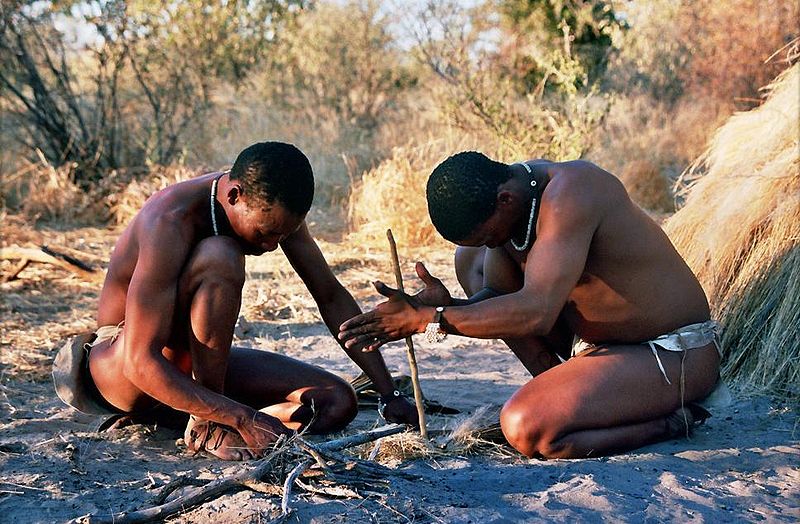
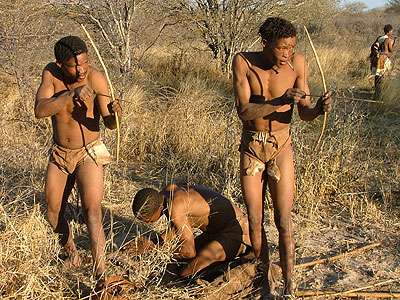
There are many interesting aspects of their culture,
but their connection with the natural world is mostly expressed
through their rock art and trance dances.
